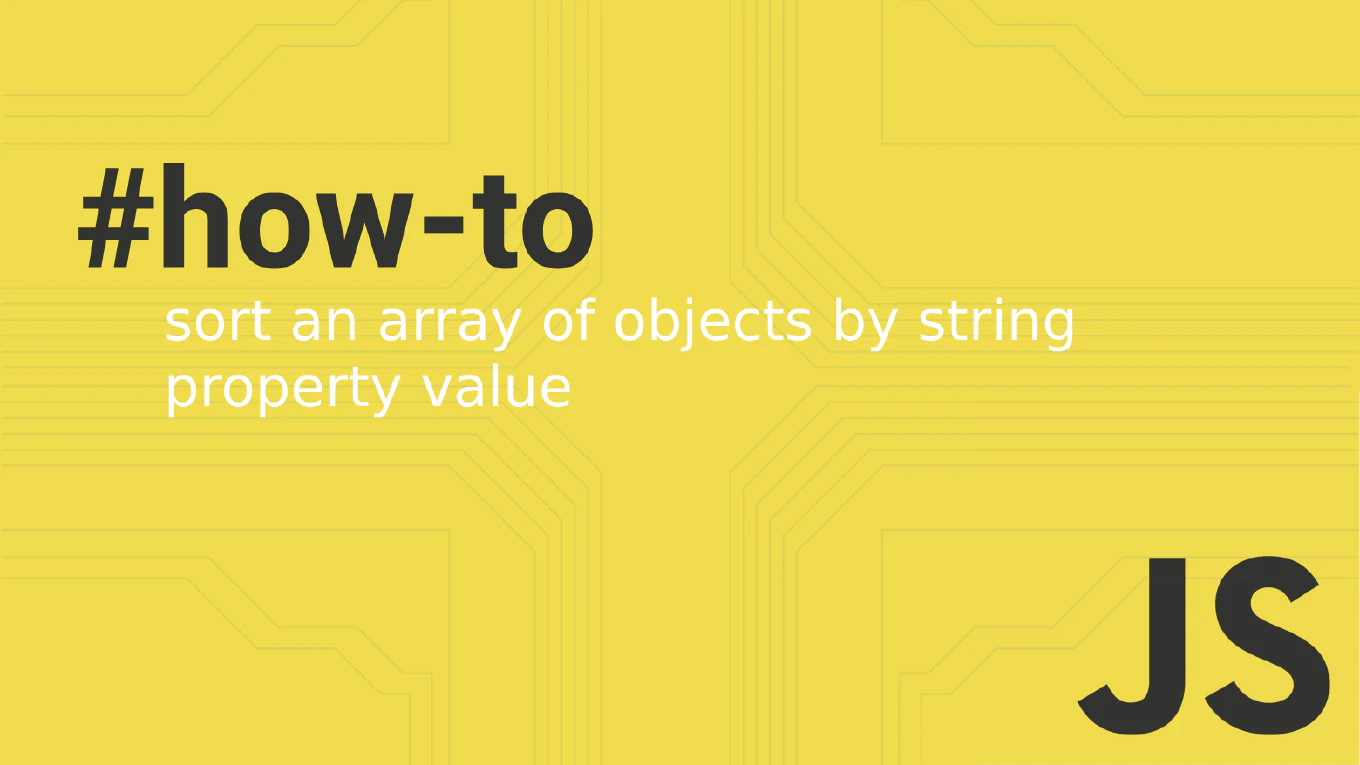How to configure Git editor
Setting your preferred text editor for Git operations like writing commit messages and interactive rebases improves your development workflow significantly.
As the creator of CoreUI with over 25 years of development experience, I’ve configured Git across hundreds of different development environments.
The most straightforward solution is to use the git config core.editor command to set your editor of choice globally or per repository.
This ensures Git always opens your preferred editor for interactive operations.
How to remove a file from Git history
Removing sensitive files like passwords or API keys from Git history is critical for security when they’re accidentally committed.
As the creator of CoreUI with over 25 years of development experience, I’ve helped teams clean repositories after accidental credential commits many times.
The most effective modern solution is to use git filter-repo, which is faster and safer than the older filter-branch command.
This tool completely rewrites history to remove all traces of the file.
How to configure Git aliases
Configuring Git aliases creates custom shortcuts for frequently used Git commands, significantly improving developer productivity and reducing typing overhead in daily workflows.
As the creator of CoreUI with 25 years of development experience since 2000, I’ve configured Git aliases in countless development environments to streamline version control operations and team collaboration.
The most effective approach involves creating aliases for common Git operations using the git config command with both simple shortcuts and complex multi-step operations.
This method provides personalized workflow optimization while maintaining consistency across different development environments and team members.
How to use .gitkeep in Git
Using .gitkeep files in Git allows you to track empty directories that are essential for project structure, build processes, or deployment workflows. As the creator of CoreUI with 25 years of development experience since 2000, I’ve used .gitkeep files in numerous projects to maintain critical directory structures for build outputs, logs, and deployment assets. The most effective approach involves creating .gitkeep files in empty directories that need to exist in the repository for proper application functionality. This method ensures consistent project structure across development environments while working within Git’s file-based tracking limitations.
How to create a global .gitignore file
Creating a global .gitignore file allows you to ignore files across all Git repositories on your system, providing consistent file exclusion without duplicating patterns in every project. As the creator of CoreUI with 25 years of development experience since 2000, I’ve configured global .gitignore files on development machines to automatically exclude OS-specific files, editor configurations, and personal tools across all projects. The most efficient approach involves creating a global ignore file and configuring Git to use it system-wide through the core.excludesfile setting. This method ensures consistent ignore behavior across all repositories while reducing project-specific .gitignore maintenance overhead.
How to ignore files in Git with .gitignore
Ignoring files in Git with .gitignore prevents unwanted files from being tracked, keeping your repository clean and avoiding sensitive data or build artifacts in version control. As the creator of CoreUI with 25 years of development experience since 2000, I’ve configured .gitignore files in countless projects to maintain clean repositories and prevent security issues with sensitive files. The most effective approach involves creating a .gitignore file in your repository root with patterns that match files and directories you want to exclude from Git tracking. This method ensures consistent ignore behavior across all contributors while maintaining repository cleanliness and security best practices.
How to clean ignored files in Git
Cleaning ignored files in Git removes build artifacts, temporary files, and other content specified in .gitignore that may accumulate in your working directory.
As the creator of CoreUI with extensive Git experience across numerous projects, I regularly clean ignored files to free up disk space and maintain repository hygiene.
The most thorough approach uses git clean with the -x flag to remove both untracked and ignored files completely.
This method provides deep cleanup while respecting Git’s file tracking configuration.
How to delete untracked files in Git
Deleting untracked files in Git helps clean your working directory by removing temporary files, build artifacts, and other unwanted content not tracked by Git.
As the creator of CoreUI with over 25 years of development experience, I regularly clean untracked files to maintain organized repositories and prevent accidental commits.
The most reliable approach uses git clean with appropriate flags to remove untracked files and directories safely.
This command provides precise control over what gets deleted while protecting important untracked content.
How to remove a file from staging in Git
Removing files from the staging area allows you to exclude them from the next commit while preserving the changes in your working directory.
As the creator of CoreUI with extensive Git experience across numerous projects, I regularly unstage files when preparing selective commits or when files were added accidentally.
The most straightforward approach uses git reset HEAD with the file path to remove it from staging.
This method provides precise control over what gets committed while maintaining your working directory changes.
How to discard changes in a file in Git
Discarding unstaged changes in specific files allows you to revert unwanted modifications without affecting other files in your working directory.
As the creator of CoreUI with over 25 years of development experience, I frequently discard experimental changes or accidental modifications when working on complex features.
The most precise approach uses git checkout with the file path to restore the file to its last committed state.
This method provides surgical control over change management while preserving other work in progress.



